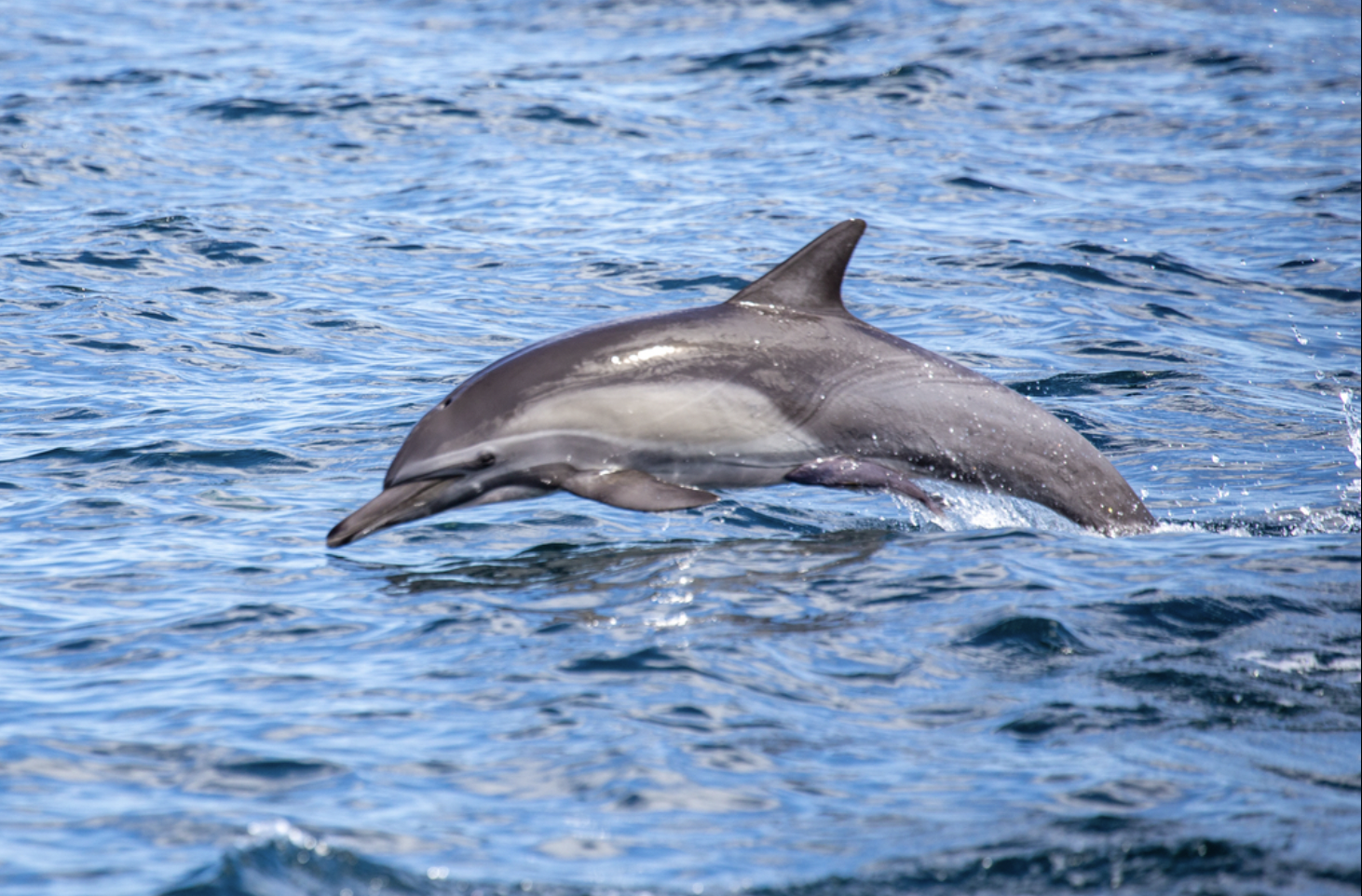The Ministry of Environment and Climate Change stated that the sighting is the first documented record of the dolphins in Qatar waters.
A group of long-beaked common dolphins were sighted in Qatari waters, the Ministry of Environment and Climate Change (MoECC) announced.
This marks the inaugural documented sighting of the Delphinus capensis species in the region, which adds to the already-established and ongoing studies of marine biodiversity in the region.
The ministry emphasised that witnessing the mating behaviour among the dolphins indicates a thriving population of this species in the area.
Adding to the recent marine discoveries, a team monitoring whale sharks for the MoECC stumbled upon a large schooling of tuna fish during a routine trip on Sunday.
This unexpected sighting provided researchers with an opportunity to observe the natural feeding habits of these water creatures up close.
Commenting on the discovery, a spokesperson from the ministry said: “There were nutrients including fish larvae and possibly fish eggs floating on the surface. Food for whale sharks.”
Qatar’s marine life
The waters of the relatively small Qatar hosts the largest concentration of whale sharks.
The gigantic white-spotted fish reached 600 in numbers in 2020 in Doha, a total that is yet to be documented anywhere else in the world.
Qatar is establishing a regional centre for whale shark research, training, and education, local media had reported back in January 2023, citing officials.
The centre will serve Qatar and the entire GCC region, the adviser to the Assistant Undersecretary for Protection and Nature Reserves Affairs at the Ministry of Environment and Climate Change, Prof John Man Kon Wong, said to the Gulf Times.
Two offices and one laboratory have already been set up, Wong said, revealing interest by UNESCO to join in on efforts.
“We have to go through the procedures with the UN and the Unesco and hope to complete the whole process within two years,” he noted at the time.
Qatar’s waters are a favourite for various marine animals.
The characteristics of Qatar make it ideal for marine turtles. Because of this, sea turtles often nest in north and east beaches, and queen turtles frequently visit the seagrass beds to feast, the expert added.
In the Gulf between Qatar, Bahrain, and the United Arab Emirates, there is the largest concentration of dugongs in the world, the professor said at the time.
“It is the only peninsula in the Gulf region and we have both the deep and shallow waters of marine life and the currents bring a lot of migratory spices to our shores,” Wong said.
Wong disclosed to the Gulf Times that Qatar is creating a marine protected area to safeguard 30% of its waterways.
He added that Qatar has one of the best maritime environments in the world, making it ideal for many different species to inhabit for a while.
“Qatar has the shallow coastal waters and the deepest offshore waters, unlike many other countries in the region. Moreover, we are in the middle of the region and the migratory birds that move through the region have to go through Qatar. It is the mid-point for them,” he said.







